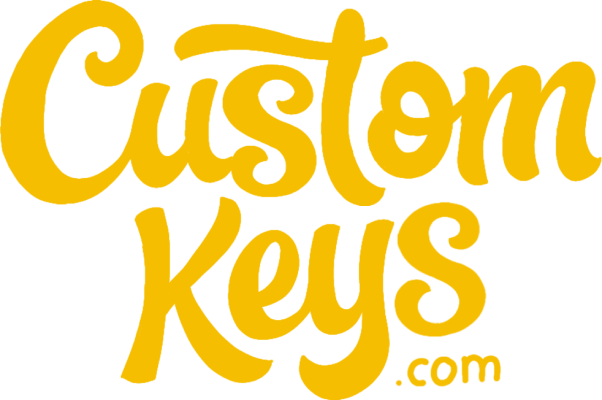Numerous different key types have been popular throughout time, but the function of modern house keys (and their associated brands) has left two commonly used key types at the top in recent years. The KW1 and SC1 are both widely used for house keys as well as entry to a variety of buildings, and it’s important to be aware of their differences should you need to replace them.
The SC1 House Key
Patented in 1926, Walter Schlage invented the first enclosed cylindrical lock and changed the lock industry overnight. For the first time, his innovative design allowed locks to be unlocked from the inside simply by turning the handle. It’s no wonder his patented design led Schlage to be a titan in the lock & key business.
The Schlage SC1 house key has features reflective of its old-fashioned roots with several knobs and notches along the sides to create a diamond shape, along with a single hole at the top where it attaches to a keyring. In case that’s not specific enough, the SC1 only has one groove, compared to the KW1 that has two.

The KW1 House Key
Since 1946, Kwikset has been an industry leader in the house key market. Their tubular locking mechanism made locks easy to access and boosted productivity after WWII, so it’s easy to see why their products have stuck around for so long.
The standard Kwikset KW1 house key is relatively easy to pick out of a lineup for its unique features. The top of the key has five rounded sides, and the three holes near the top make it almost look like the front door of a house. If general shape doesn’t make that designation easier, the Kwikset comes standard with two grooves on the locking part of the key, giving it an altogether different shape inside the locking mechanism than the SC1.
In certain cases, the type of house key you have may actually be stamped on the key itself, so you can verify your assumptions if you have a stamped house key!
Futuristic Keys
Although there is no shortage of keys used for robust storage, the third most common house key type is, you guessed it, keyless entry! Whether we’re talking keycards that need to be programmed or keyless locks for your home, these systems are slowly becoming more commonplace in the modern age. There are many decisions required when attaining a home keyless entry system, and they all warrant thinking about before you make the commitment.

On the upside, keyless entry systems eliminate the risk of losing your keys, boost security (to an extent) and allow for remote locking for a variety of situations. However, compare that with some of the risks like cost, vulnerability to hacking and complex installation and maintenance, and you might come to the conclusion that physical house keys are the way to go.
If you make that choice, just remember that your house keys don’t have to be boring. You can choose a design that fits you, whether you have an SC1 or KW1 house key, and make entering your house even more of a treat.

